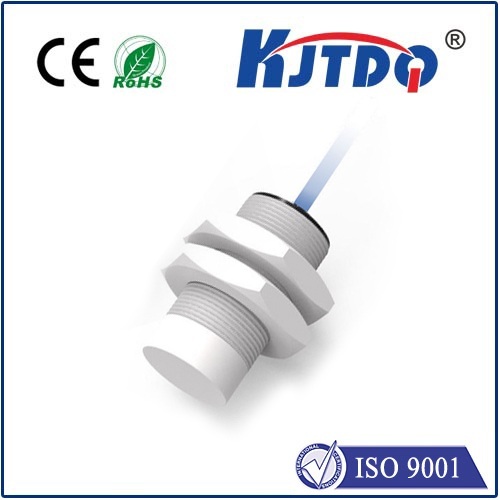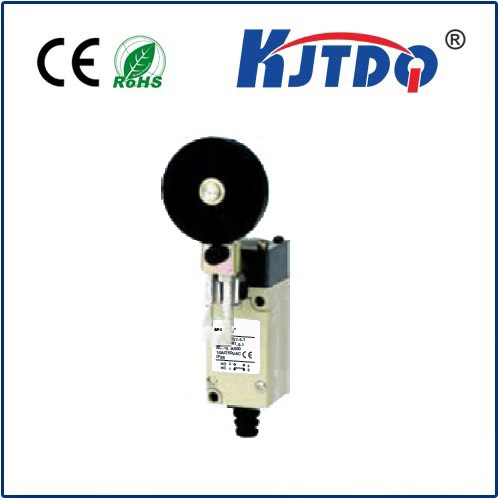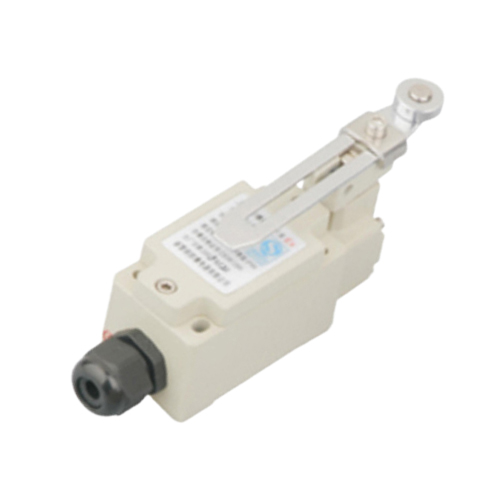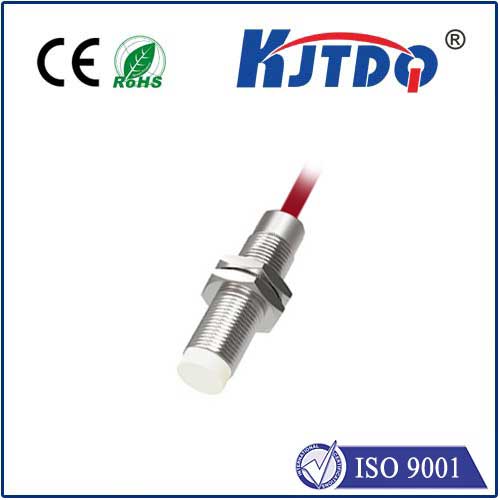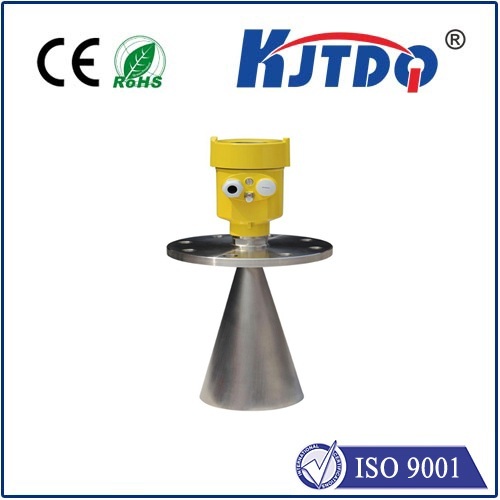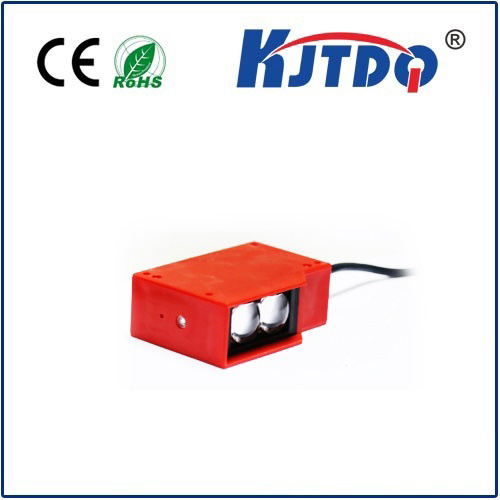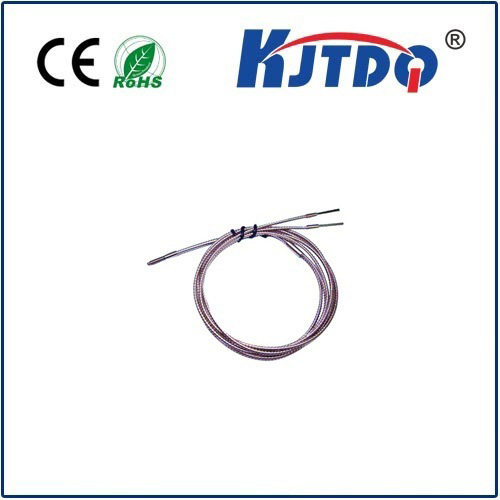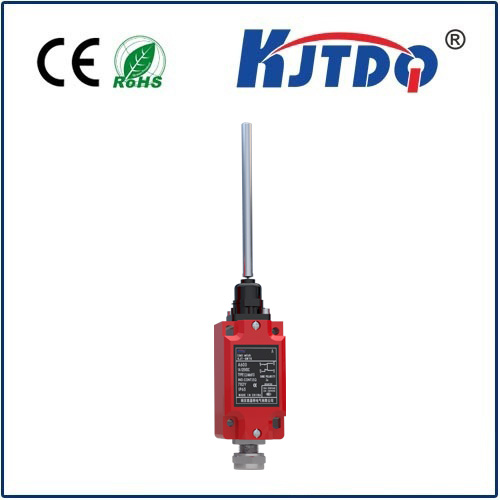pneumatic proximity switch
- time:2025-06-14 00:24:14
- Click:0
Pneumatic Proximity Switches: The Reliable Workhorse for Harsh Environments
Imagine a busy automated production line. Products whizz by, robotic arms dart with precision, and conveyors hum. Ensuring flawless operation requires countless sensors, acting as the system’s eyes and touch, verifying positions, detecting presence, and preventing collisions. In demanding environments – where dust, moisture, chemicals, extreme temperatures, or even explosive atmospheres reign – standard electronic sensors often falter. This is where the pneumatic proximity switch steps in, offering a uniquely robust and reliable non-contact sensing solution powered by compressed air.
Understanding the Core: What is a Pneumatic Proximity Switch?
At its essence, a pneumatic proximity switch is a non-contact sensor that detects the presence or absence of an object using the principles of air flow and pressure. Unlike its electronic counterparts that rely on magnetism, capacitance, or light, a pneumatic proximity switch leverages compressed air – typically supplied from the factory’s existing pneumatic system – to sense objects without any physical touch.
How Does It Work? The Physics Behind Pneumatic Sensing
The operation hinges on a clever interplay of air flow and pressure differentials:

- Constant Air Supply: Compressed air is continuously fed into the switch.
- The Sensing Nozzle: This air escapes through a small, precisely sized orifice (the sensing nozzle) at the front of the switch.
- Object Detection: When an object approaches the sensing nozzle, it obstructs the free flow of escaping air.
- Backpressure Buildup: This obstruction causes the air pressure inside the switch body to increase significantly. This pressure change is the key detection signal.
- Actuating the Switch: The rising internal pressure mechanically actuates a snap-action pneumatic valve (often a diaphragm or piston mechanism).
- Output Signal: This valve movement either opens or closes an exhaust port connected to a separate signal line. The resulting pressure change in this signal line acts as the switch’s output, which is then interpreted by pneumatic logic controllers (like PLCs using pressure sensors) or directly drives pneumatic actuators.
Essentially, the switch detects the target by sensing the disruption in air flow, translating it into a distinct pneumatic output pressure signal.
Why Choose Pneumatic Proximity? Compelling Advantages
In specific industrial scenarios, pneumatic proximity switches offer distinct, often critical, benefits:
- Intrinsically Safe & Explosion-Proof: This is perhaps their most significant advantage. By operating purely on compressed air without any electrical components in the sensing head, they generate no sparks or heat. This makes them absolutely essential and inherently safe for hazardous locations where flammable gases, vapors, or combustible dusts are present (classified as Zone 0, 1, 2, 20, 21, 22 under ATEX/IECEx standards).*
- Immunity to Harsh Environments: They excel where electronic sensors struggle. Immune to electromagnetic interference (EMI), radio frequency interference (RFI), extreme temperatures (both high and low), humidity, water ingress (often IP67 rated), corrosive chemicals, oil, and heavy dust or dirt buildup. Their simplicity makes them incredibly tough.
- Robust Construction: Designed for industrial duty, they are typically built with sturdy metal bodies (brass, stainless steel) and resistant materials, capable of withstanding vibration, shock, and physical impact far better than many electronic sensors.
- Detecting Difficult Materials: They reliably detect virtually any material - metals, plastics, glass, wood, rubber, liquids, powders, and even hot objects – as long as the target can impede airflow sufficiently. This makes them highly versatile.
- Simple Integration: For systems already using pneumatic power and controls, adding these switches is straightforward, requiring only compressed air lines and connections to pneumatic logic or a pressure sensor input on a controller.
- Long Lifespan & Low Maintenance: With no complex electronics or delicate components exposed at the sensing point, they offer exceptional longevity and minimal maintenance requirements. Cleaning the sensing nozzle periodically is often the only upkeep needed.
Navigating Limitations: Where Pneumatic Proximity Switches Might Not Shine
While powerful, they aren’t a universal solution:
- Lower Sensing Range: Compared to electronic proximity sensors (inductive, capacitive), pneumatic switches generally have shorter sensing distances (typically a few millimeters to perhaps 20-40 mm).
- Limited Switching Speed: Their mechanical actuation mechanism means they operate slower than high-speed electronic switches, making them less suitable for extremely high-speed counting or positioning tasks.
- Continuous Air Consumption: They constantly consume compressed air, even when not actively detecting an object, contributing to overall plant energy consumption. Optimizing nozzle size can help.
- Output Signal: The output is a pressure change, not an electrical signal like PNP/NPN. Integrating with purely electronic systems requires a pressure-to-electrical signal converter.
- Sensitivity to Supply Pressure: Consistent and clean compressed air at the correct pressure is crucial for reliable operation. Fluctuations can affect sensitivity and switching point.
Ideal Applications: Where Pneumatic Proximity Thrives
Given their strengths, you’ll find pneumatic proximity sensors playing vital roles in numerous demanding sectors:
- Chemical & Petrochemical Plants: Detecting valves, actuators, tank levels, and machine positions in explosive atmospheres.
- Paint & Coating Facilities: Safe operation in environments saturated with flammable solvents and vapors.
- Food & Beverage Processing: Withstanding washdowns (CIP/SIP), steam, moisture, and detecting various food products.
- Pharmaceutical Manufacturing: Operating cleanly in sterile environments where contamination from electronics is a concern.
- Metalworking & Foundries: Tolerating high temperatures, grinding dust, coolants, and hydraulic oils.
- Plastics & Rubber Industries: Detecting molds, extruded parts, and robot positions amid heat and particulates.
- Packaging Machinery: Sensing product presence on conveyors, carton positions, or actuator strokes reliably amidst dust and vibration.
- Woodworking: Operating effectively in heavy sawdust environments.
- Hydraulic Systems: Monitoring cylinder end positions where electronic sensors are vulnerable to EMI from powerful solenoids.
Selecting the Right Pneumatic Proximity Switch: Key Considerations
Choosing the correct switch ensures optimal performance:
- Supply Pressure Range: Match to your plant’s air system pressure (e.g., 1.5 to 8 bar / 20 to 120 PSI).
- Sensing Distance: Required distance from the nozzle to the target object.
- Switching Function: Normally Open (NO) or Normally Closed (NC)? Determines the output state when no target is present.
- Port Sizes & Threads: Ensure compatibility with your air lines (e.g., M5, 1⁄8” NPT, G1/8).
- Materials: Choose body material (e.g., brass, stainless steel) and seal material (e.g., NBR, FKM/Viton) compatible with the environment (corrosives, temperature).
- Environmental Protection: Required IP rating for dust/water ingress protection.
- Hazardous Area Certification: Essential certification (e.g., ATEX, IECEx) if used in explosive atmospheres.
- Mounting: Threaded, bracket, or specific fixture mounting.
A simple comparison highlights key differences:
| Feature |
Pneumatic Proximity Switch |
Electronic Proximity Sensor |
| Power Source |
Compressed Air |
Electricity |
| **Intrinsically Safe |












